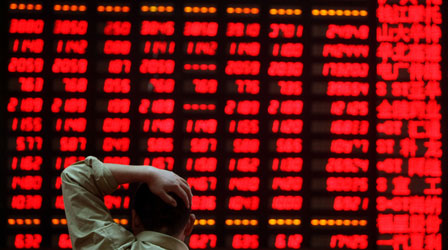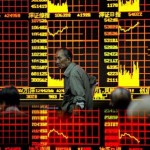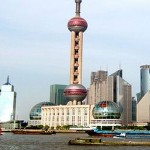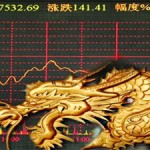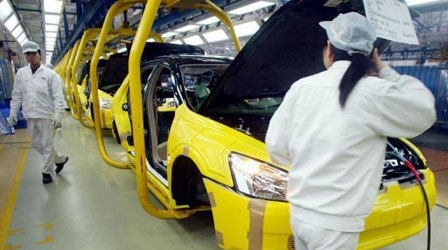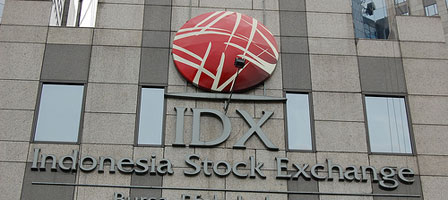China: a Mid-Year Buying Opportunity
Why has the Chinese stock market performed so poorly over the past year when Wall Street has done well? Is the situation about to change?
The differing performance is because of very different circumstances.
US policymakers are struggling to re-establish an acceptable level of economic growth – creating enough jobs, raising incomes – in the aftermath of the debt crisis. Inflation sustained above 2 per cent a year would signal success.
But they are hampered in their efforts by conflict between two powerful and opposed political groups – the more-spenders and the tax-cutters. For the moment, compromise is unobtainable. So fiscal policy is paralyzed and public debt continues to rise.
The only actor with relative freedom to act is the Federal Reserve (the central bank), which drenches the system with abundant “printed” money and nearly-free credit.
But most of the easy money goes into bloated mega-banks, politically well-connected entities — and investment markets. Its positive effect on stimulating economic activity is negligible.
China’s policymakers are struggling with the opposite problem.
Their economy is so strong – its manufacturing sector now the world’s largest, forex reserves of $3.2 trillion accumulated from huge foreign trade surpluses, high savings ratios, sound central government finances and moderate national debt – that it’s been growing too fast.
One consequence has been inflation that has been far too high – politically destabilizing and dangerous in a nation where roughly a third of personal spending is on food.
Inflation no greater than 2 per cent a year would signal success. China is on the way to achieving that, with the rate down to 3.2 per cent and continuing to fall.
The US is focused on raising growth, China on containing it. The policies are opposed, so no wonder their stock markets are performing differently.
There are early signs that this is about to change:
- The Shanghai A-share index bottomed at the turn of the year and rose strongly for two months. It has fallen back somewhat in recent weeks, but it’s close to its 200-day average (an upside breach of that level would be regarded by most chartists as significant).
- All the Hong Kong-listed China shares that I monitor are now trading well above their lows of the past 12 months.
- Small businesses, which account for more than two-thirds of jobs in manufacturing, “have witnessed significant improvement in their operating environment” in recent months, Deutsche Bank reports. There are “falling accounts receivables, lower raw materials inflation, increasing profit margin and rising export orders.”
- A start has been made on reversing the policy of discouraging economic growth. Since the beginning of the year the central bank has twice cut commercial banks’ reserve requirements, which were raised 12 times in 2011 to slow credit growth.
next article – Why the shares are neglected
CopyRight – OnTarget 2012 by Martin Spring
